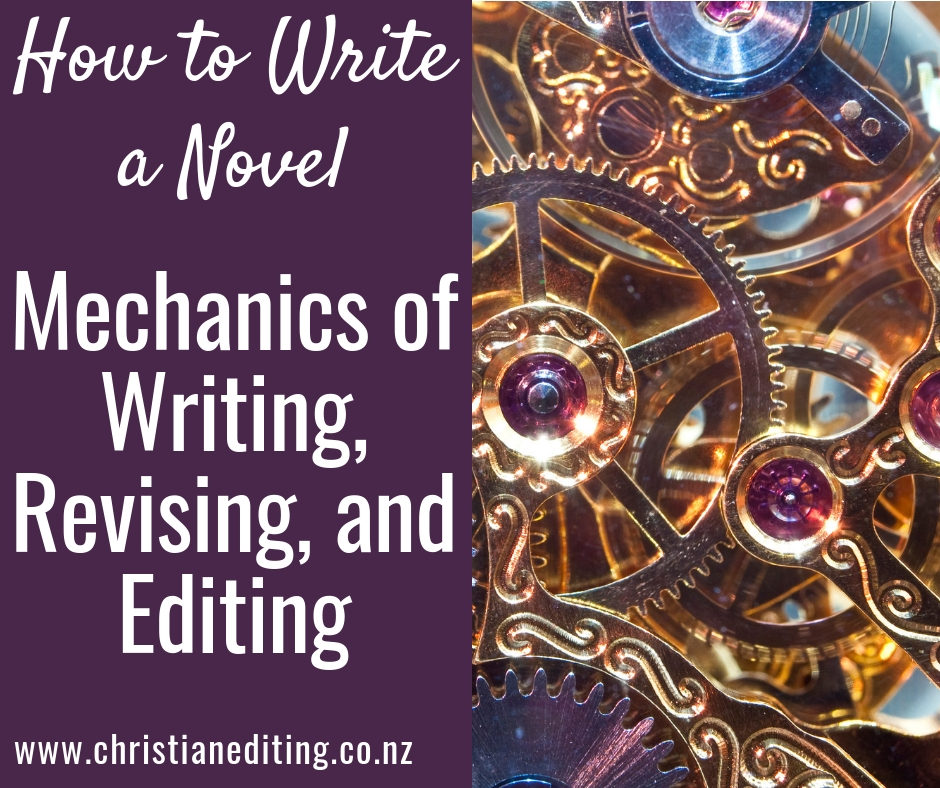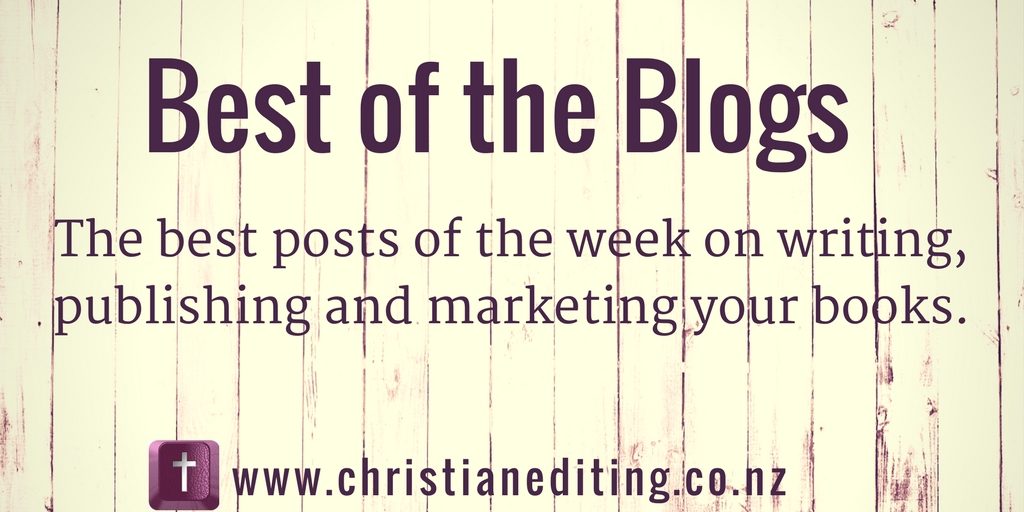Last week I discussed one of the major writing rules, Show, Don’t Tell, where I looked at what telling is, why it’s bad … and when you need to use it. But how do you identify telling in your manuscript?
Today I’m going to share my top tips for identifying and removing telling , based on the most common telling errors I see in the manuscripts I assess and edit. They are:
- Telling through Dialogue
- Telling through Internal Monologue
- Telling Tags
- Telling the Emotion
Telling through Dialogue
Dialogue is usually considered showing, because it’s a form of action. But dialogue can be telling.
Characters will sometimes tell each other things they already know, as a way of informing readers of something the author thinks they need to know. This could be two police officers discussing the appropriate procedures for collecting evidence, or two medical professionals discussing the best way to draw blood, or how to calculate the correct dose of medicine. This may look like showing, because it’s dialogue, but it’s not. It’s telling, because there is no plot or character reason for those characters to have that conversation.
The only reason for the conversation is to get information across to the reader. That’s not good writing.
The best (worst?) example of this is Coming Home by Karen Kingsbury. In it, the married couples got for long walks and remind each other how they met (which might be acceptable if there had been a mass outbreak of amnesia). If you’ve never read one of the 20+ Baxter Family novels, Coming Home provides lots of useful catch-up on a large cast of characters. But if you have read the novels, it’s unnecessary telling.
We all know someone who retells the same stories over and over at family parties … and we avoid that person. Unless your character is that person, or has some kind of mental health problem, avoid having them repeat the same information over and over. It doesn’t ring as true to the reader.
Ask yourself: would real-life people have this conversation?
If a conversation is the only way you can get vital facts or backstory across to the reader, consider introducing a third character who reasonably wouldn’t know the information, but needs to know. If educating that character is the focus of the scene, it is more likely to be showing than telling.
Telling Through Internal Monologue
If you’re writing in deep point of view (and I hope you are), then all the narrative should be filtered through the viewpoint character. We should see what she sees, hear what she hears, touch what she touches, smell what she smells, taste what she tastes … and know what she thinks. It’s great to read a novel when an author really gets inside a character’s head and the reader effectively becomes that character.
It’s less great when the ongoing action of the story is disrupted by long passages of internal monologue.
This is usually the character reacting to what has been said or done. The internal monologue might be fascinating, but if a line of dialogue shows up in the middle of a long passage of internal monologue and I, the reader, have to turn back three pages to work out what the dialogue is responding to … then the internal monologue has switched from showing us the viewpoint character’s state of mind to telling us her every thought.
Ask yourself: has your internal monologue turned into telling?
If you’re writing an action scene, sprinkle the internal monologue throughout the scene rather than dumping it all at once. A word here, a sentence there, perhaps even a paragraph while she waits for the kettle to boil … but no more than a paragraph. Otherwise you run the risk of turning your internal monologue into telling.
Telling Tags
One common way authors tell where they should be showing is through dialogue, and dialogue tags. Newbie authors often add adverbs to their dialogue tags which explain the dialogue—in effect, telling what the dialogue should be showing:
“Attention!” the sergeant barked.
Dogs bark. Not people. People shout. (The exception might be if your sergeant is actually a weredog or werewolf. They might bark.)
“I don’t want to go to school,” Johnny grumbled.
We’ve all heard (and perhaps even said) those words. We all know that tone. The dialogue shows us Johnny is unhappy. There’s no need to use the dialogue to tell us as well. It’s unnecessary repetition. Browne and King say:
If your dialogue doesn’t need the props, putting the props in will make it seem weak even when it isn’t.
“I’m sorry,” Beth said apologetically.
Yes, I’ve seen that in a manuscript. As you can probably tell, the adverb is unnecessary (and telling) because the reader has already figured Beth is sorry from the dialogue (a form of showing). Browne and King say:
Ly adverbs almost always catch the writer in the act of explaining dialogue—smuggling emotions into speaker attributions that belong in the dialogue itself.
Ask yourself: are you explaining your dialogue with telling tags or adverbs?
Telling the Emotion
Authors often tell the emotion. It’s easy to spot:
- Beth felt tired.
- Beth was sorry.
- Beth wanted to run away and hide.
Felt, was, were, wanted, had, thought, wondered, knew, looked, gazed, heard … these are all telling words. They are telling us what the character is thinking or doing, rather than showing us.
Instead of telling, show the action or show the emotion. How do we show?
- Show Beth’s facial expression. Does she look as though she’s about to cry, or about to punch someone? What does that look like?
- Show Beth’s body language. If Beth is truly sorry, she’s likely to be slumped over with her head down. If she’s defiant, she’s likely to be standing tall, perhaps with her arms crossed.
- Describe Beth’s voice—the tone, pitch, volume, or rate at which she speaks.
- Use an action beat instead of a dialogue tag, to show what Beth is doing.
Ask yourself: are you using telling words?
I hope this gives you some practical tips on how to show, not tell. For more detailed advice, I recommend:
What tips do you have on showing, not telling?







